- The Vietnamese side hopes that the Japanese side can provide funding for this project
- The 1,545-kilometer high-speed rail cost up to 64.8 billion U.S. dollars
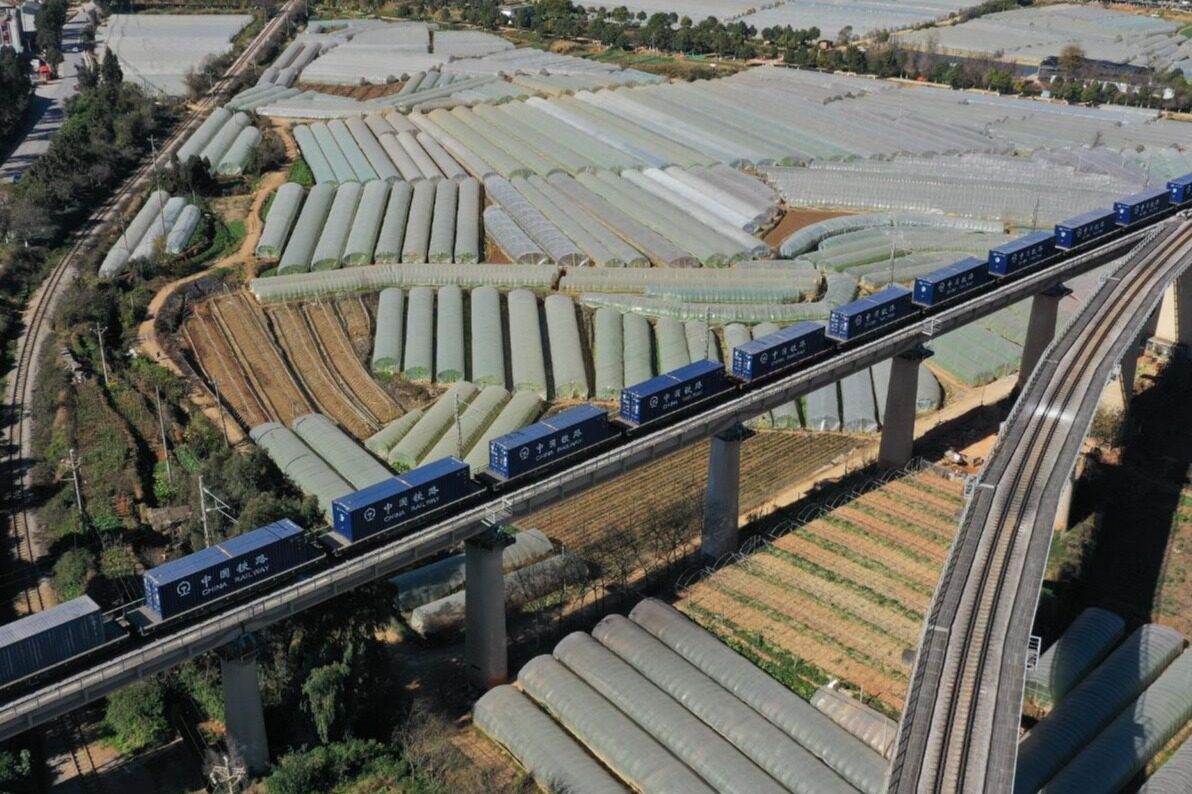
Seeing that neighboring countries have built high-speed railways, at the beginning of the new year, Vietnam also put the construction of domestic railway network on the agenda. However, this high-speed railway, which was established in 2006, has not been seen after 17 years of construction. Vietnam has recently approached Japan again to ask for money.
17 years of high-speed rail without a trace
A few days ago, Vietnamese Prime Minister Pham Minh Thanh met with Japanese Finance Minister Shunichi Suzuki. During this period, Fan Mingzheng once again mentioned this north-south high-speed railway that runs through the entire territory of Vietnam. Fan Mingzheng said that the construction cost of this 1,545-kilometer high-speed railway is as high as US$64.8 billion. In fact, this is the second time that the Prime Minister of Vietnam has made a similar request to Japan. In July 2022, during a meeting with representatives of the Japanese side, the Vietnamese side also made the same request. It seems that the cooperation between Vietnam and Japan in this project is not smooth.
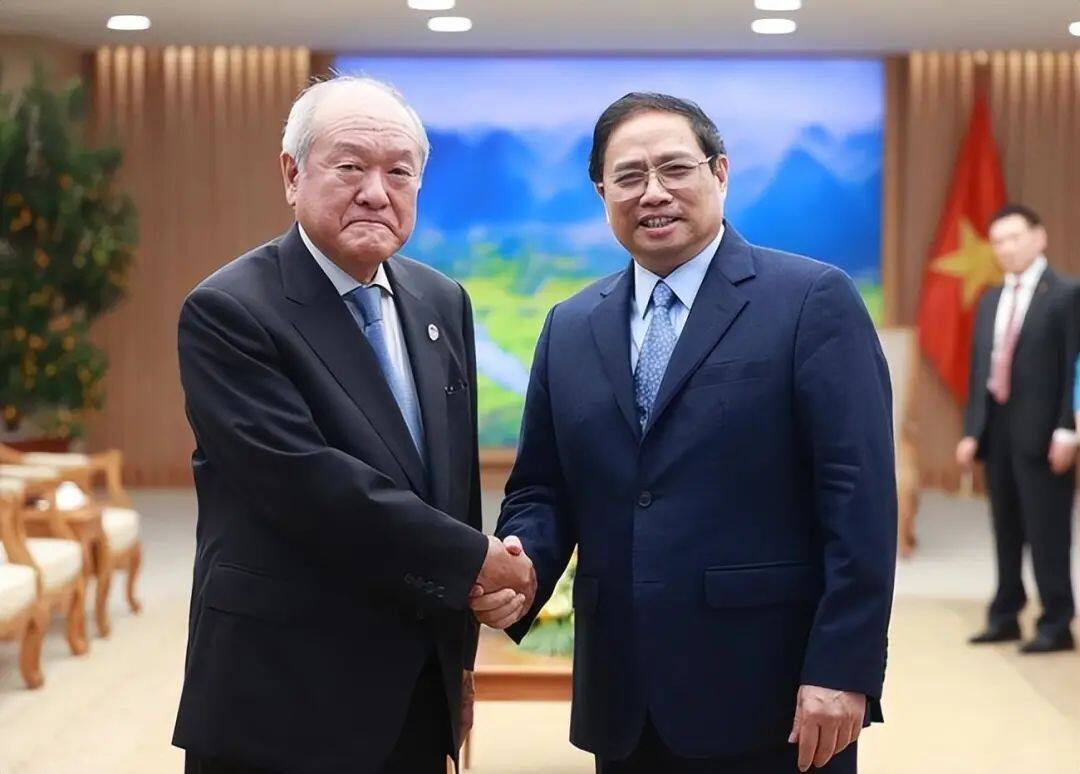
Vietnamese Prime Minister Pham Minh Thanh Meets Japanese Finance Minister Shunichi Suzuki
In addition, the railway project in Vietnam has been full of twists and turns. As early as 2006, Vietnam began planning. According to Vietnam's plan, the construction of this line will start in 2014 and be completed and put into operation by 2035. Subsequently, Vietnam began to contact and negotiate with Japan, hoping to adopt the Shinkansen plan.
Unexpectedly, due to the excessive budget of this line, it was rejected by the Vietnamese National Assembly. In 2015, the Vietnamese side restarted the plan again and spent four years finalizing the construction plan, but the country still could not reach a consensus, and the final decision was not made until last year. The Vietnamese side stated that this north-south high-speed railway will adopt a mixed passenger and cargo transportation mode, with a gauge of 1435mm and a double track, with an investment cost of US$64.8 billion.
China-Laos Railway
Restricted by terrain and technology, Vietnam cannot complete the construction of the railway alone, so it has to outsource the project. At that time, many countries saw Vietnam's development potential and bid for the project one after another, and my country also participated. However, the Vietnamese side stated that Japan has stronger technology in this field, so it gave up the Chinese plan and chose Japan. As a result, the Vietnamese side has repeatedly delayed the project due to poor economic conditions, and even though the Vietnamese side has repeatedly sent signals to the Japanese side for help, it has not received a response from the Japanese side.
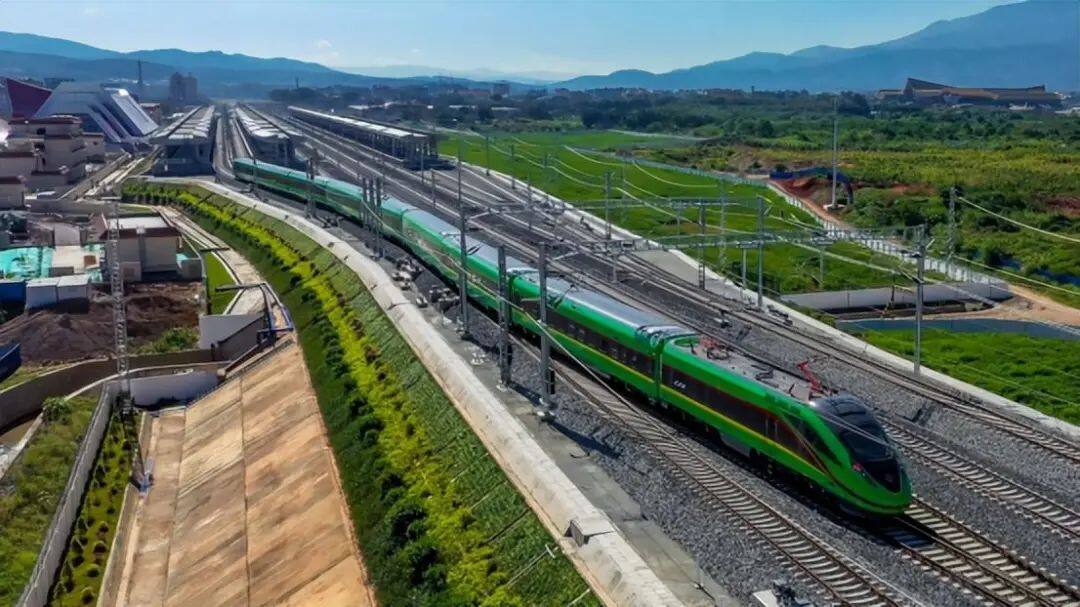
In fact, this is not the first time this has happened. Previously, Vietnam wanted to build a cross-sea bridge, but due to technical problems, it approached China, hoping to get help from China. Afterwards, the Chinese side sent experts to Vietnam to investigate and make estimates. After the two parties discussed, they only had to sign the contract. As a result, after the Japanese side offered a lower cost, the Vietnamese side resolutely chose the Japanese side.
However, Vietnam, which has always trusted Japan's technology unconditionally, discovered many problems during the acceptance this time. Soon after the completion of the bridge, the bridge surface became uneven, and the joints of the bridge were still of different heights, but the Japanese side all prevaricated on the grounds of errors. The most surprising thing is that three days after the bridge was opened to traffic, the bridge head had a sinking problem, and the quality was really worrying.
On the other hand, China, which is disgusted by Vietnam, with the help of China, the China-Laos Railway, which has been under construction since 2016, has been in operation for more than a year. It has not only promoted the economic development of Laos, but also benefited neighboring countries.
However, Vietnam, which gave up China and chose Japan in the past, seems to be aware of the importance of China. It is worth noting that in the plan proposed by Vietnam this time, the construction of Vietnam’s railway gauge has been unified to 1435mm, which is consistent with China’s. This also fulfills the promise made by Vietnamese leaders to China when they visited China.
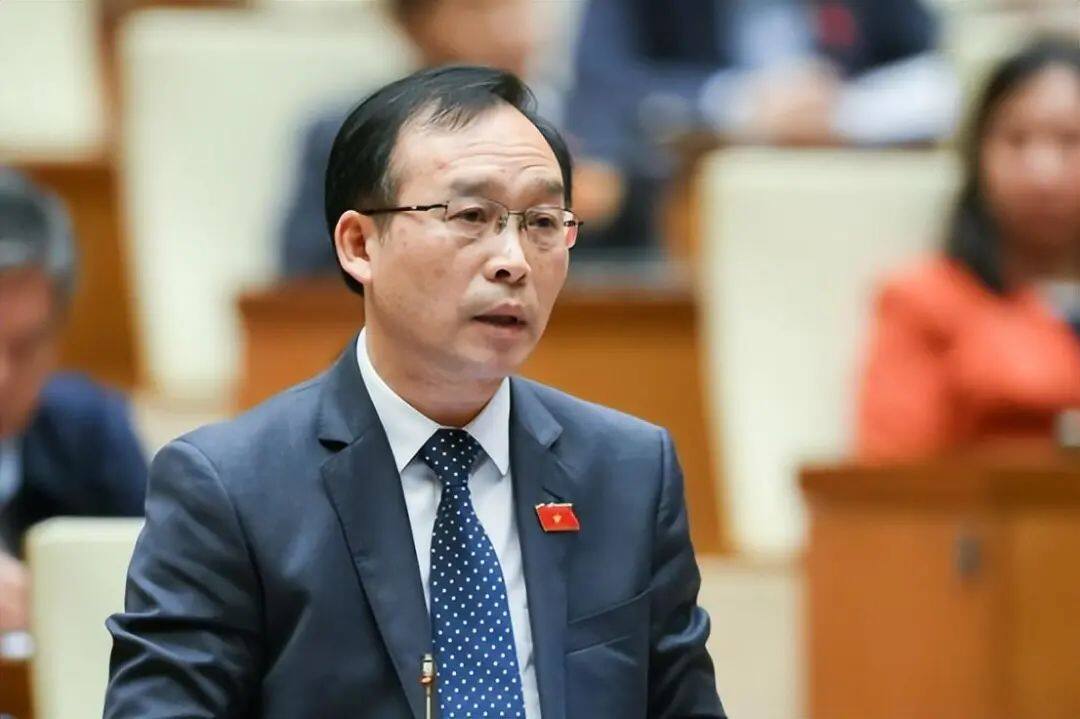
Chen Wenjun, representative of Beijiang Province in Vietnam, proposed to contact China with the transportation route
In addition, in Vietnam's National Assembly held at the beginning of the year, its domestic representatives expressed the hope to build a Hanoi-Lang Son route first, which is less difficult for Vietnam and can reduce logistics costs while linking transportation routes with China. The Vietnamese side also stated that China is its largest international market, and Vietnam sends a large amount of goods to China through Lang Son every year, so it is extremely important to achieve interconnection with China.
If Vietnam’s domestic north-south high-speed railway can be completed on time, it will realize the connection between the capital Hanoi and the southern commercial center Ho Chi Minh City. By then, Vietnam’s difficulty in cargo transportation will be greatly improved, and it will also be able to achieve closer ties with the international market.Editor/Xing Wentao
Comment
 Praise
Praise
 Collect
Collect
 Comment
Comment
 Search
Search



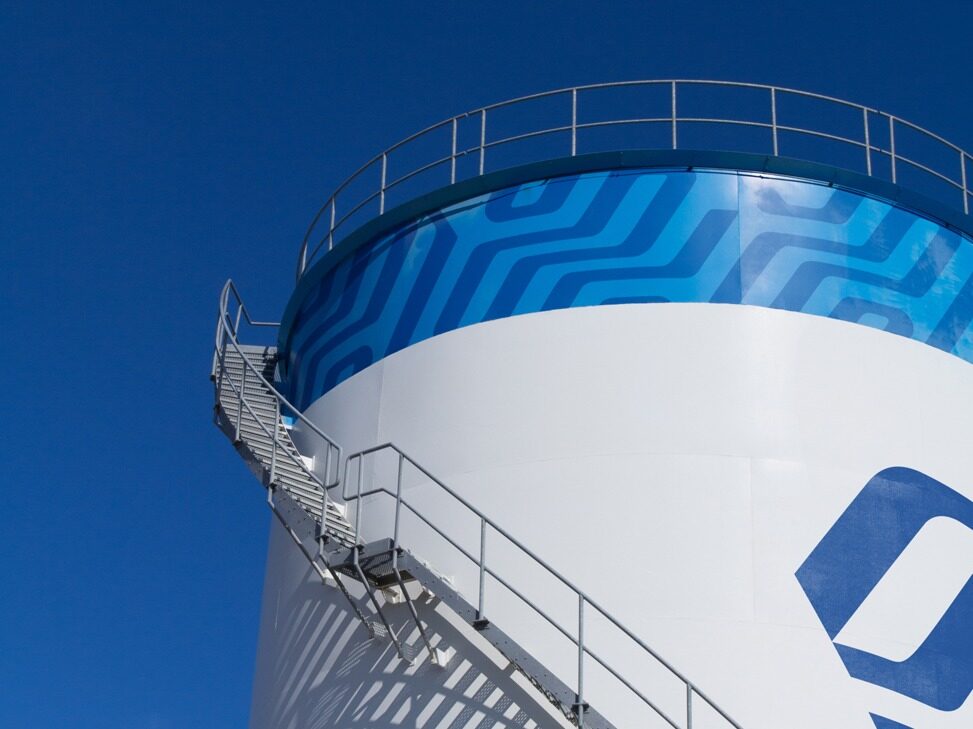










Write something~